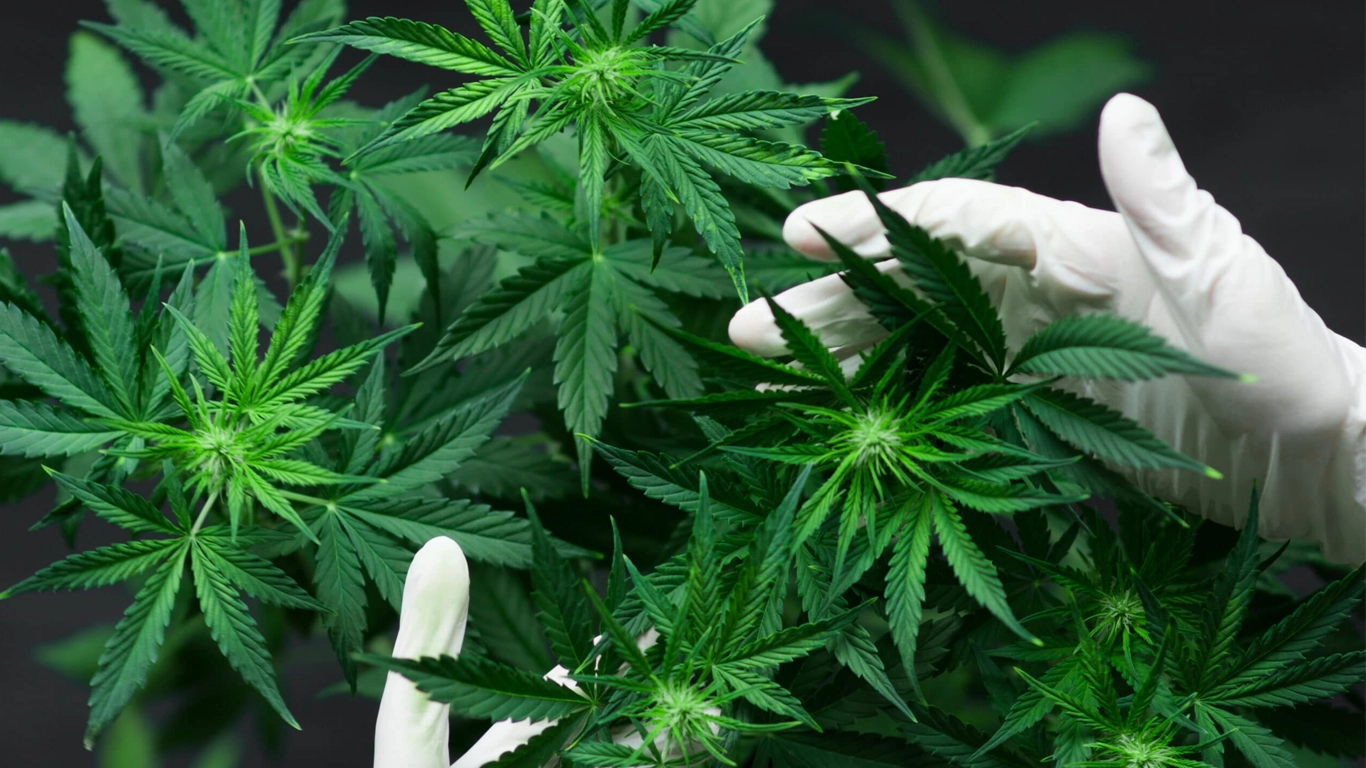Health
The Benefits of Marijuana: More Than Just a Trend
In recent years, marijuana has moved from the fringes of public debate into the mainstream. Once associated primarily with counterculture movements, it is now widely discussed in medical journals, legislatures, and even living rooms. This shift is driven by growing evidence of its potential health benefits of marijuana, evolving legal landscapes, and a renewed understanding of its cultural significance. While marijuana is not without its risks, the plant offers several advantages—both medical and economic—that are worth exploring.
1. Pain Relief and Management
One of the most well-documented benefits of marijuana is its ability to alleviate chronic pain. Compounds in the plant, particularly cannabinoids like THC (tetrahydrocannabinol) and CBD (cannabidiol), interact with the body’s endocannabinoid system, which regulates pain, mood, and other physiological processes. For patients with arthritis, fibromyalgia, multiple sclerosis, or even cancer, marijuana can offer relief where traditional medications have failed or caused unpleasant side effects. Unlike some prescription painkillers, cannabis also carries a significantly lower risk of fatal overdose.
2. Anti-Inflammatory Properties

Chronic inflammation is a root cause of many health conditions, including autoimmune disorders, heart disease, and even neurodegenerative illnesses. CBD, in particular, is known for its anti-inflammatory effects, helping to calm the immune system’s overactive responses. This makes marijuana a potential therapeutic option for individuals suffering from inflammatory bowel disease (IBD), lupus, or other inflammation-related conditions. By reducing inflammation, marijuana may not only relieve symptoms but also help prevent long-term tissue damage.
3. Mental Health Support
Although marijuana’s relationship with mental health is complex, research suggests that in controlled doses, it can help reduce symptoms of anxiety, depression, and post-traumatic stress disorder (PTSD). Veterans and trauma survivors have reported significant improvements in sleep quality, emotional regulation, and overall well-being after incorporating cannabis into their treatment plans. CBD, in particular, appears to have calming properties without the psychoactive “high” associated with THC, making it an attractive option for those seeking relief without altered cognition.
4. A Safer Alternative to Opioids and Alcohol
The opioid crisis has left many searching for safer pain management alternatives. Marijuana, while not entirely risk-free, does not depress the respiratory system the way opioids do, making fatal overdoses extremely rare. Similarly, studies indicate that in states where marijuana is legal, alcohol consumption tends to decline. This shift may have public health benefits, as excessive alcohol use is linked to liver disease, accidents, and violence. For individuals looking to manage pain or unwind after a long day, marijuana can be a less harmful option.
5. Neuroprotective Potential
Early research suggests that cannabinoids may protect brain cells from damage and even promote the growth of new neurons. This has exciting implications for conditions like Alzheimer’s disease, Parkinson’s disease, and multiple sclerosis. By reducing oxidative stress and inflammation in the brain, marijuana may slow cognitive decline and improve motor function in certain patients. While more studies are needed, these findings have already inspired new lines of medical research.

6. Economic and Social Benefits of marijuana
The legalization of marijuana doesn’t just help patients—it can also boost economies. Legal cannabis industries generate billions in tax revenue, create thousands of jobs, and reduce costs associated with policing and prosecuting marijuana-related offenses. States and countries with legal markets have been able to reinvest these funds into education, healthcare, and infrastructure. Additionally, legalization helps combat the stigma surrounding marijuana use, making it easier for patients to discuss their needs openly with healthcare providers.
7. Appetite Stimulation and Weight Management
For patients undergoing chemotherapy, battling HIV/AIDS, or dealing with other illnesses that cause severe appetite loss, marijuana can help restore the desire to eat. THC interacts with brain regions that regulate hunger, making food more appealing. This can be life-saving for those who struggle to maintain a healthy weight during treatment. Interestingly, despite marijuana’s reputation for causing the “munchies,” research shows that regular users are not necessarily more likely to be overweight, suggesting that cannabis may play a role in metabolic regulation.
8. Versatility in Consumption

One of marijuana’s strengths lies in the variety of ways it can be used. Patients can choose from smoking, vaping, edibles, tinctures, capsules, or topical creams, depending on their needs and comfort level. This versatility allows for personalized treatment, whether someone is seeking fast-acting relief for acute pain or long-lasting effects for chronic conditions. Innovations in cannabis products have also improved dosing precision, making it easier to avoid unwanted side effects.
Conclusion: A Balanced Perspective
Marijuana is not a cure-all, and it’s important to recognize that its benefits can vary from person to person. Side effects such as impaired memory, dependency, or mental health complications can occur, especially with heavy or long-term use. However, when used responsibly and under medical guidance, cannabis has the potential to enhance quality of life for millions of people.
As research continues and laws evolve, marijuana’s place in modern healthcare is becoming clearer. Whether for pain relief, mental health support, or economic growth, the benefits of this ancient plant are worth serious consideration.
